
[Image above] Credit: Maia Weinstock; Flickr CC BY-NC-ND 2.0
A new LEGO concept set is celebrating women in a big way—albeit in a miniature size.
LEGO Ideas is the tiny plastic brick manufacturer’s crowdsourcing platform—user-generated ideas seek votes on the website, and if they receive enough support, go under review to enter into commercial LEGO production.
Last year, I reported on a LEGO Ideas concept that went the way of materials science and engineering with a trio of microscopy instruments for exploring the nanoscale world.
And now, our favorite minibricks may be embarking on an out-of-this-world journey with a new concept set that celebrates that accomplishments of women in space.
The Women of NASA miniset has already rocketed through the LEGO Ideas ranks on a fast track to interstellar success. In less than a month, the idea received votes from 10,000 supporters, LEGO’s threshold for deciding that a concept has adequate support to enter into the LEGO approval process.
The set—created by Maia Weinstock, a deputy editor at MIT News—includes five incredible women: Margaret Hamilton, Katherine Johnson, Sally Ride, Nancy Grace Roman, and Mae Jemison.
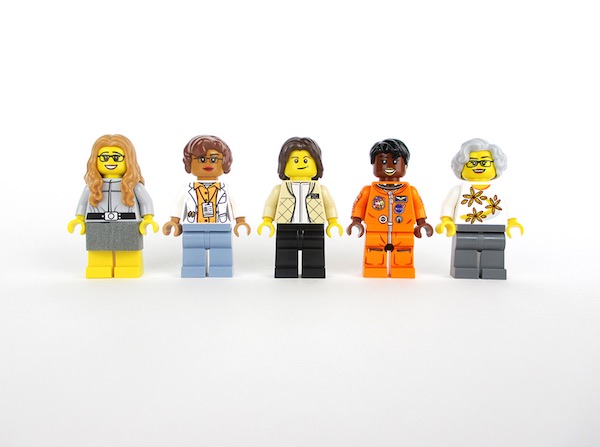
Credit: Maia Weinstock; Flickr CC BY-NC-ND 2.0
Weinstock provides a brief description of each woman on the set’s LEGO Ideas page:
-
Margaret Hamilton, computer scientist: While working at MIT under contract with NASA in the 1960s, Hamilton developed the on-board flight software for the Apollo missions to the moon. She is known for popularizing the modern concept of software.
-
Katherine Johnson, mathematician and space scientist: A longtime NASA researcher, Johnson is best known for calculating and verifying trajectories for the Mercury and Apollo programs—including the Apollo 11 mission that first landed humans on the moon.
-
Sally Ride, astronaut, physicist, and educator: A physicist by training, Ride became the first American woman in space in 1983. After retiring as a NASA astronaut, she founded an educational company focusing on encouraging children—especially girls—to pursue the sciences.
-
Nancy Grace Roman, astronomer: One of the first female executives at NASA, Roman is known to many as the “Mother of Hubble” for her role in planning the Hubble Space Telescope. She also developed NASA’s astronomy research program
-
Mae Jemison, astronaut, physician, and entrepreneur: Trained as a medical doctor, Jemison became the first African-American woman in space in 1992. After retiring from NASA, Jemison established a company that develops new technologies and encourages students in the sciences.
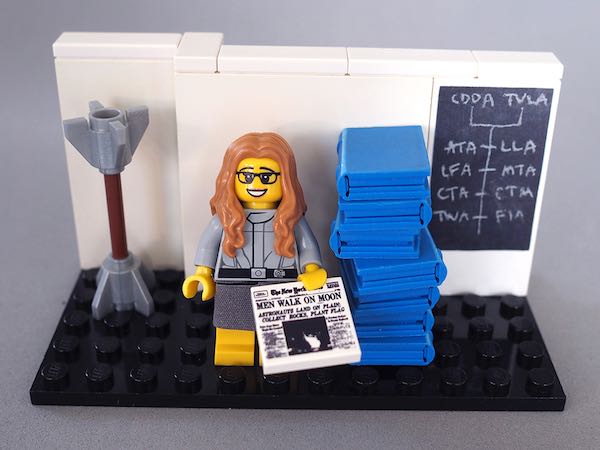
Credit: Maia Weinstock; Flickr CC BY-NC-ND 2.0
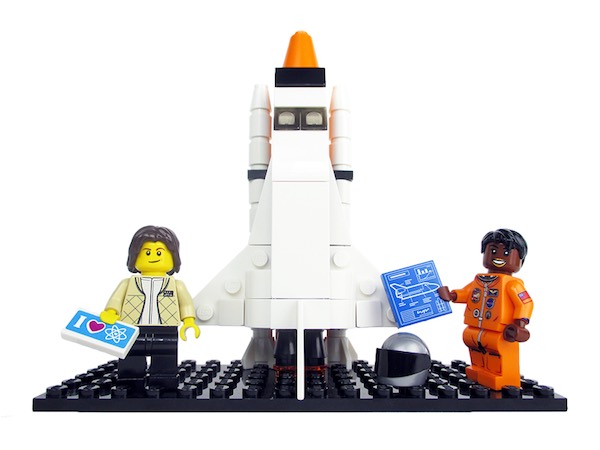
Credit: Maia Weinstock; Flickr CC BY-NC-ND 2.0
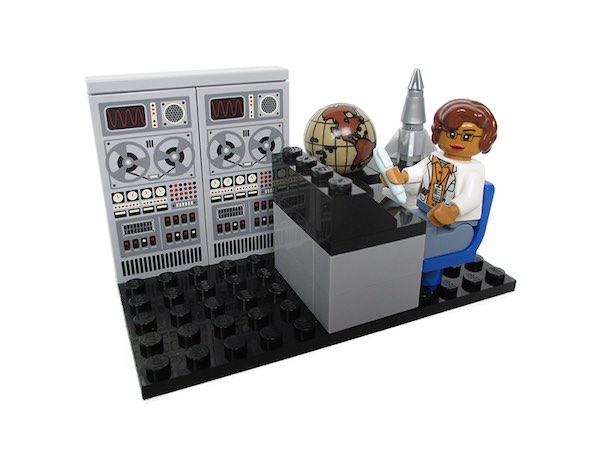
Credit: Maia Weinstock; Flickr CC BY-NC-ND 2.0
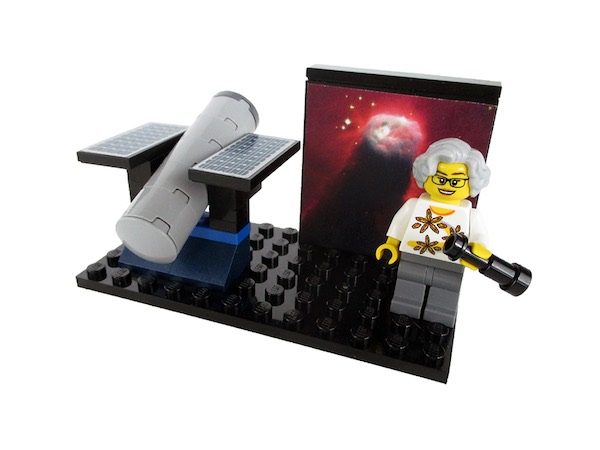
Credit: Maia Weinstock; Flickr CC BY-NC-ND 2.0
In addition to the five women, the complete concept set also includes historically accurate vignettes and scenes that correspond to each woman’s accomplishments.
According to LEGO, now that the set has achieved support, a review board will next review the project to determine if the set has what it takes to make it into official plastic bricks. “This includes factors such as playability, safety, and fit with the LEGO brand.”
The review begins in September and can last for several months, but Weinstock says that the final decision should be made by January. If LEGO decides to give the set a green light, Women of NASA will enter into official product development, which LEGO says can take several more months.
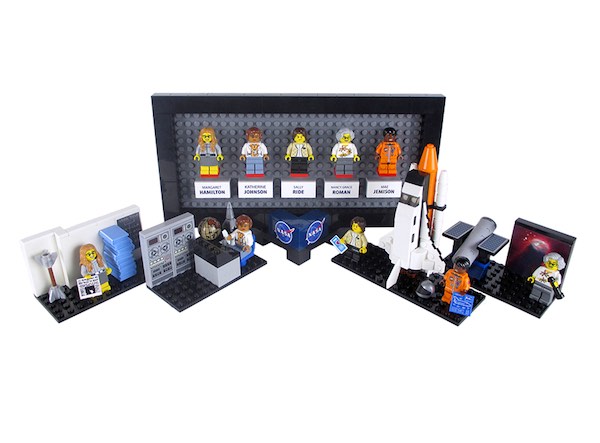
Credit: Maia Weinstock; Flickr CC BY-NC-ND 2.0
On the website, Weinstock explains her rationale for making the difficult selection of just five women. “While many here on LEGO Ideas and on social media have suggested adding extra astronauts, it’s important to know that around 75 women have trained and/or flown in space. There’s simply no way I can include all of them, or even just all of those who made special achievements, ‘firsts,’ or—in at least four cases—the ultimate sacrifice of their lives.”
Women around the world have played a significant role in space exploration—and science, technology, engineering, and mathematics (STEM) fields in general—despite the fact that their contributions are often overlooked and undervalued. So Weinstock’s idea behind the set is much broader than individual recognition of these five ladies.
“At the end of the day, while this project features five individuals, the spirit of the Women of NASA set is meant to honor all women who’ve contributed in some way to the agency’s mission of advancing society through space exploration,” Weinstock states on the website.
That’s an important mission, because despite the clear contributions and advancements women have made in science and society, bias persists in terms of hiring, salary decisions, and general respect.
So we need to do more to support women in science—and even small representations can help draw attention to the inequalities that persist.
